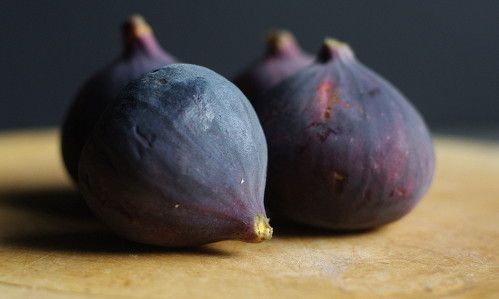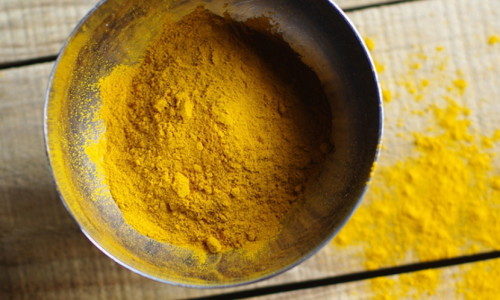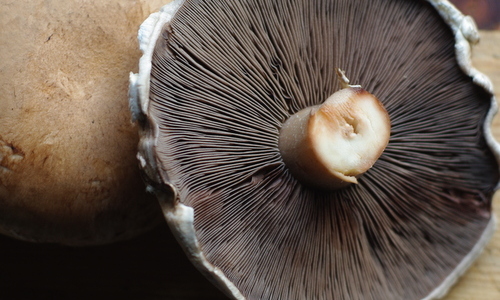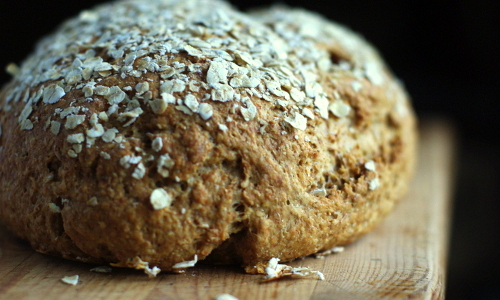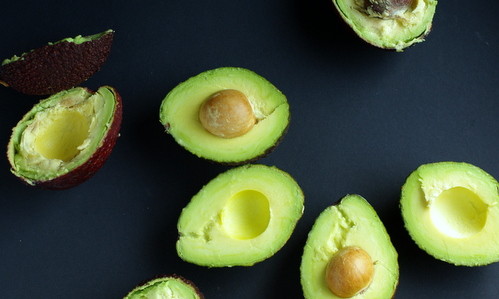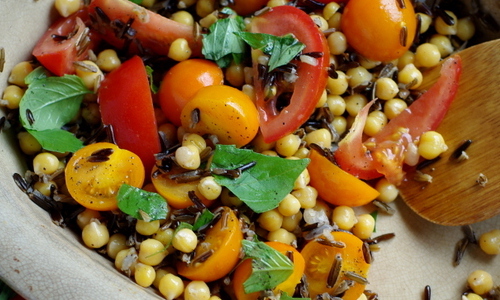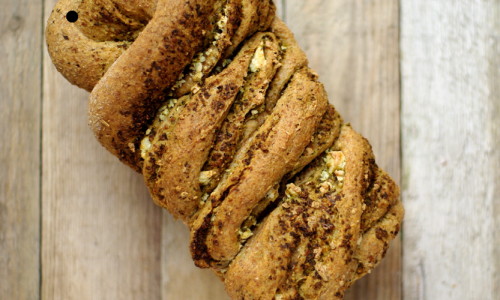Ever since making my first batch of honey sweetened cranberry sauce a couple of years ago I’ve been quite intrigued by the making of preserves and jam, though I’ve actually experimented with it very little. I’ve made various varieties of curd, fruit butter (which is one of my favourite things in the world)and compote, but my jam making experience was limited to a single batch made as Christmas presents a couple of years ago. The time had come to explore the wonderful world of jam, and how better to start this exploration than with a batch of honey sweetened cherry jam?
As a bit of a jam making novice, I read a great many articles on jam making while trying to figure out the process. What I have gleaned as the basic principles of jam making are as follows:
- Jam-making employs a reaction between three vital components: sugar, acid, and pectin.
- Pectin is naturally present in fruit, and by boiling the fruit the pectin is released and, aided by the sugar and acid, bind to one another to form a gel which traps water and allows the jam to set and in so doing to suspend the fruit within it.
- Sugar helps the pectin to set by drawing in water which prompts the pectin strands to stick together rather than floating around separately. This water binding action of the sugar is also what preserves it because it means that there’s not enough water for microbe growth.
- Acid, such as lemon juice, is added as another requirement of the pectin strands adherence to one another is that the jam needs to be at a fairly acidic pH level. The added acid also helps the fruit to release their pectin in the first place.
- Fruits contain varying amount of pectin depending on the type with things like citrus fruit and apples high in it, and softer fruits, such as berries, on the lower end. In order to get a good set you may want to think about compensating for a lower pectin content by combining it with a higher pectin containing fruit, or by adding some citrus peel, or even store bough pectin to the mix,depending on the fruit you’ve chosen to use.
So with the three main elements of pectin, sugar, and acid working together to set our fruit into the glorious jammy preserve that we can spread on our morning toast the question now is can we replace the processed sugar with honey? I was thrilled to discover that YES, you can!
There are a few things worth bearing in mind though; honey adds more liquid to your recipe, so you may need to lessen the amount of other liquids you use, and honey is sweeter than sugar and imparts it’s own flavour. In terms of sweetness I find that 3/4 the amount of honey to sugar is about equal in sweetness. As for the flavour, I personally love the flavour that honey brings but if you’re not overly fond of it you may want to consider this when coming up with your recipe. You could even try replacing just some of the sugar with honey if you’d like.
Now that we have an understanding of what’s going on and what ingredients to use the process of jam making is very simple. Use a large pot -when it’s boiling the jam will froth up and if the pot’s too small it will overflow leaving a sticky burning mess all over your stove top- and add you ingredients. Place it over medium to medium high heat. Bring it to a rolling boil and, stirring constantly to stop it from sticking and burning on the bottom, allow it to boil for about 5 minutes. If you want to you can use a candy thermometer to be sure that your jam has reached gel point at 105 degrees Celsius, or 220 degress Fahrenheit. Remove it from the heat, let it cool for 10 minutes (if you put it into jars while still hot the fruit will rise to the top.) then pour it into sterilized jars, seal, and let it cool completely before using it. And that’s it!!
Like I say, the internet is full of really wonderful and informative articles on the subject so have a look around. Three articles that I found especially useful were this one at Compound Interest which describes the science involved, this one at Exploratorium that really clearly describes the process, and this one at PickYourOwn.org that specifically discusses using honey in place of sugar.
This whole process of learning how to make honey sweetened jam has been fascinating and really fun. The honey sweetened cherry jam that I ended up making is really delicious, but I’m super intrigued now to see what other jams I can come up with. I seriously recommend having a go at making honey sweetened jam yourself. Not only does it allow you to have a say in exactly what you’re eating, but is such a lovely creative and rewarding endeavor, with the delicious jam made exactly to your taste a delicious bonus!
Have fun!


- 400g, about 2 cups whole pitted cherries
- 60mL or 1/4 cup water
- Zest and juice of a lemon
- 150g or 1/3 cup of honey
- 1/4 tsp almond extract
- Put all of the ingredients except for the almond extract into a large pot and set over medium high heat.
- Stirring constantly with a wooden spoon, heat the mixture until it comes to a rolling boil.
- As the mixture boils, crush some of the cherries with the back of the spoon to break them up a bit.
- Continue to stir while the mixture is at a fast, rolling boil for about 5 minutes, until the mixture thickens a bit. If you have a candy thermometer you can check the jam’s temperature, it will reach it’s gel point (the point at which it will gel once cooled)at 105 degrees Celsius, or 220 degrees Fahrenheit, so it’s important to let it reach this heat.
- Remove from the heat and stir in the almond extract.
- Leave the jam to cool for 10 minutes before carefully ladling it into warm sterilized jars. Seal the lids and leave the jam to cool.
- To sterilize jars wash them in hot soapy water, rinse them well before setting them on a baking tray in an over heated to 140 degrees Celsius. Leave them in the oven until they're completely dry, about 10 minutes. Fill while still warm.

